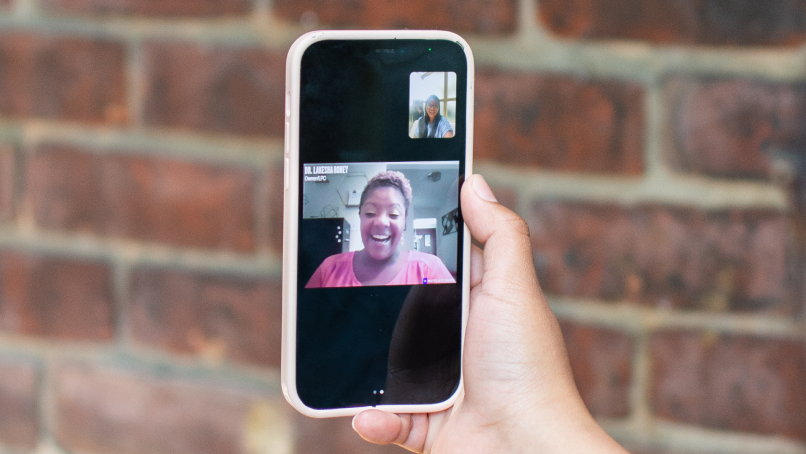As telehealth has revolutionized the way health care services are delivered, providing convenient and accessible options for patients, the importance of considering cultural nuance in care delivery is just as important in virtual care as it is in-person.
According to national survey trends in telehealth from the HHS’ Office of Health Policy, telehealth utilization was highest among those with Medicaid (28.3%) and Medicare (26.8%), Black respondents (26.1%), and those earning less than $25,000 (26.4%) after the pandemic. The report also unveils that individuals who are Hispanic or Latino, Black, and Asian were more likely to use audio-only telehealth, however they were less likely to use video telehealth services, unveiling notable disparities among different demographic groups.
Being equipped to accommodate varying needs of patients with different backgrounds starts with understanding your patient.
Training for Cultural Humility and Responsiveness

COUNSELING COORDINATOR
“The larger picture here really is about cultural humility and understanding who you [as a provider] are serving,” said Schliqua Thompson, Behavioral Program Coordinator for CrossOver Healthcare Ministry. “This means not only based on the service a patient needs but being knowledgeable about their experiences and background.”
Providers can actively pursue continuous training to elevate cultural humility and sensitivity in their practice, ensuring the delivery of personalized and effective care that fosters trust, understanding, and improved health outcomes within their communities.
Resources for learning in this space include:
- Cultural, language, and health literacy tools from Health Resources & Service Administration (HRSA).
- Online trainings for niche areas of mental health care and substance use disorder treatments from and curated by the Substance Abuse and Mental Health Services Administration.
- Think Cultural Health by HHS.gov is a website dedicated to advancing health equity at every point of contact and provides information, continuing education opportunities, resources, and more for health and health care professionals.
It’s also important to seek direct feedback from patients of color to continually improve telehealth services based on their unique needs and experiences.
Best Practices for Increasing Access to Virtual Care
Health literacy, access to technology, and other disparities contribute to difficulties patients face in navigating telehealth interfaces, understanding medical information, and adhering to treatment plans. Tailoring communication to audiences with different backgrounds is essential for effective telehealth engagement.
- Make materials accessible. Develop patient education materials in multiple languages and formats to enhance accessibility. Incorporate visual aids and simplified language to improve understanding, especially for individuals with varying levels of health literacy.
- Use inclusive intake forms. Ask about access to technology, patient preferences, and if assistive devices are needed to participate in virtual visits.
- Optimize virtual care for patients with limited English proficiency. Learn how two free and charitable clinics in Virginia are ensuring patients whose primary language is not English have access to quality virtual care.
- Provide resources for accessing necessary technology. In some situations, telehealth is necessary to access specialized care. For example, the Virginia Telemental Health Initiative provides requisite technology and broadband internet on site at referring free clinics so that patients can access therapy with providers outside of their region.
- Connect with your local community. Foster partnerships with local community leaders and organizations to promote telehealth awareness and educate residents about its benefits.
By implementing best practices, providers will help address disparities their patients face and pave the way for a more equitable future in health care delivery. For more information and resources, visit https://www.ehealthvirginia.org/equity-telehealth/racial-disparities/.
If you have experiences or education to share, or are involved in work that aims to increase access to quality virtual care in Virginia, we want to hear from you.

